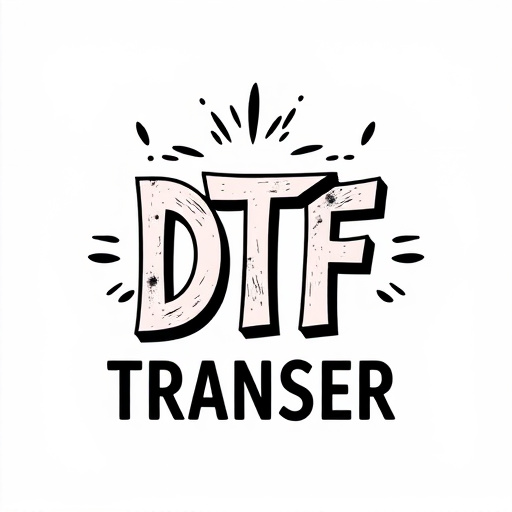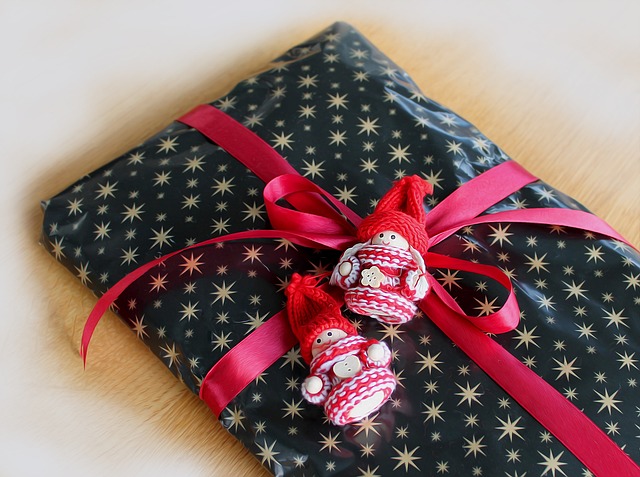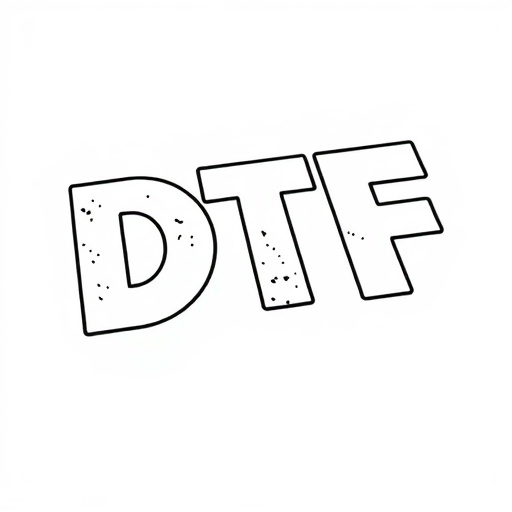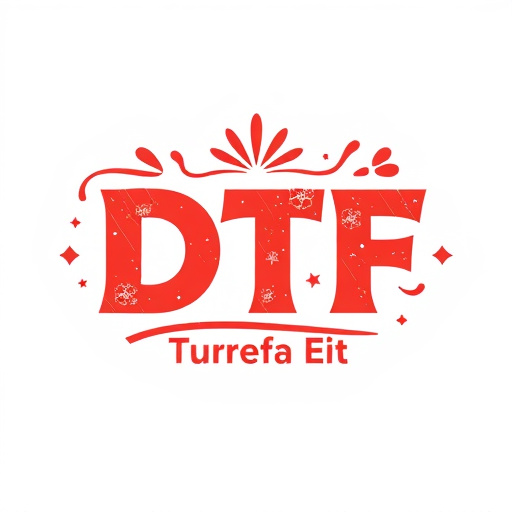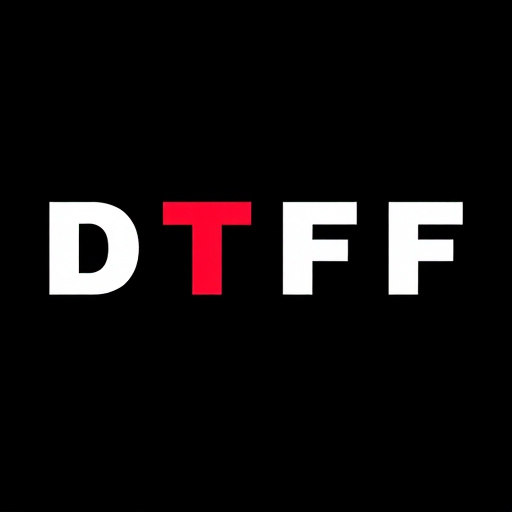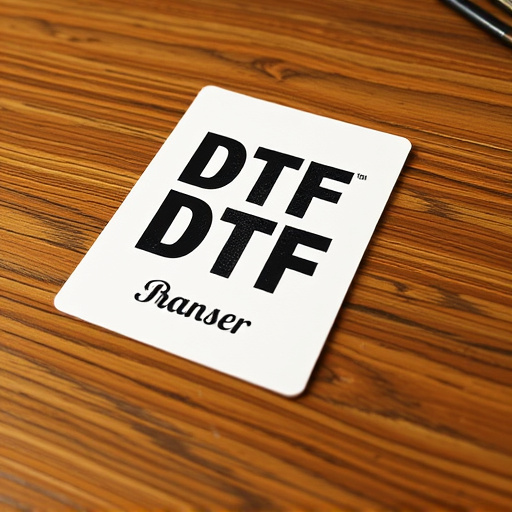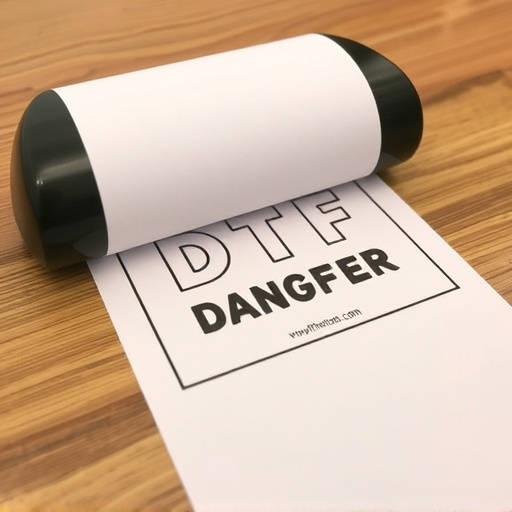Direct-to-film (DTF) transfers offer a cutting-edge printing method for precise and vibrant prints directly onto film. With customizable dimensions measured in mm or inches, including A4, A3, and larger formats, DTF caters to various applications from graphic design to motion pictures. Resolutions range from SD to HD, ensuring intricate detail preservation. Custom DTF prints allow artists to create unique art pieces, from murals to miniatures, with accurate measurements crucial for color accuracy, sharp details, and adherence to substrates. The future of DTF looks promising with advancements in technology, promising enhanced accuracy, material diversity, speed, and efficiency, making it a popular choice for professionals and enthusiasts alike.
Direct-to-film (DTF) transfers have revolutionized printing, offering precise applications for a variety of materials. This article delves into the world of DTF transfers categorized by dimensional measurements, providing an in-depth exploration of their diverse applications. We’ll uncover the intricacies of standard DTF transfer dimensions and highlight their advantages, while also exploring the benefits and considerations of custom DTF prints. Additionally, we’ll discuss how dimensional precision impacts print quality and durability, and glimpse into future trends shaping the landscape of DTF printing.
- Understanding Direct-to-Film (DTF) Transfers: An Overview of the Process
- Categorization by Dimensional Measurements: A Deep Dive into DTF Sizes
- Standard DTF Transfer Dimensions: Their Applications and Advantages
- Custom DTF Prints: When and Why to Opt for Unique Sizes
- The Impact of Dimensional Precision on Print Quality and Durability
- Future Trends in DTF Printing: Innovations and Expected Changes
Understanding Direct-to-Film (DTF) Transfers: An Overview of the Process

Direct-to-film (DTF) transfers are a cutting-edge printing method revolutionizing the way we produce high-quality prints and images directly onto various surfaces, including film. This innovative process eliminates traditional intermediate steps, enabling precise and vibrant DTF prints. The key to understanding DTF lies in its direct interaction with the medium—the film itself.
The DTF transfer involves a specialized ink that is precisely deposited onto the film’s surface, creating a vivid and detailed image. This ink is designed to adhere strongly to the film, ensuring long-lasting durability. Once the print is completed, it can be easily transferred to another surface, making it versatile for various applications. Whether it’s enhancing photo prints or creating custom designs on film cans, DTF offers a unique and efficient approach to printing technology, catering to both professionals and enthusiasts alike.
Categorization by Dimensional Measurements: A Deep Dive into DTF Sizes
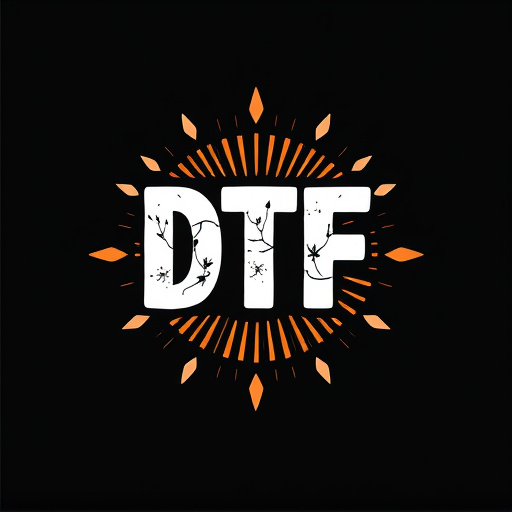
Direct-to-film (DTF) transfers are categorized by their dimensional measurements, which play a crucial role in ensuring optimal print quality and application suitability. These sizes are typically measured in millimeters or inches, determining both the width and length of the printable area on the film. The most common DTF transfer sizes include A4, A3, and larger formats for specialized applications.
Understanding these dimensions is essential for DTF printing as it directly impacts the design layout, cutting process, and final product dimensions. For instance, a smaller DTF print like A4 is ideal for detailed designs or labels requiring precise cutting, while larger formats are often used for outdoor signage or banners where durability and visibility are key. This categorization facilitates efficient production workflows, ensuring that the right film size is chosen based on the specific needs of each project, from intricate logos to large-scale decorations.
Standard DTF Transfer Dimensions: Their Applications and Advantages
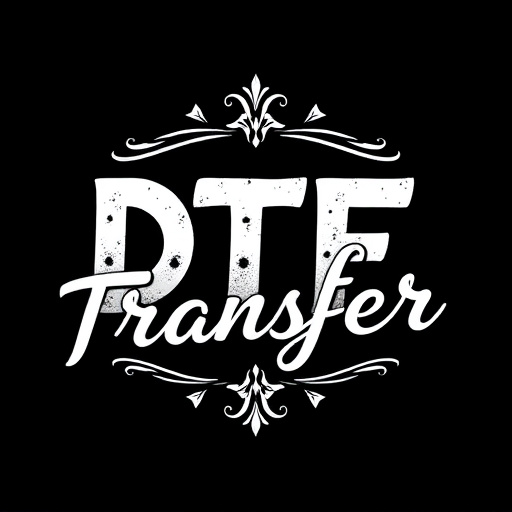
Direct-to-film (DTF) transfer dimensions are standardized to ensure consistent quality and compatibility across various applications. The most common sizes range from 1024 x 768 pixels for standard definition prints, up to 4096 x 3072 pixels for high-resolution displays. These dimensions cater to a wide array of uses, including graphic design, animation, and motion pictures.
The advantages of using standardized DTF transfer dimensions are numerous. They enable seamless integration with existing printing technology and workflows, simplifying the production process. High-definition resolutions offer intricate detail preservation, crucial for showcasing fine art, photographic prints, and complex graphics. Additionally, these standards promote cost-effectiveness by optimizing material usage and streamlining production times, making DTF Printing a preferred choice for professional and hobbyist artists alike.
Custom DTF Prints: When and Why to Opt for Unique Sizes
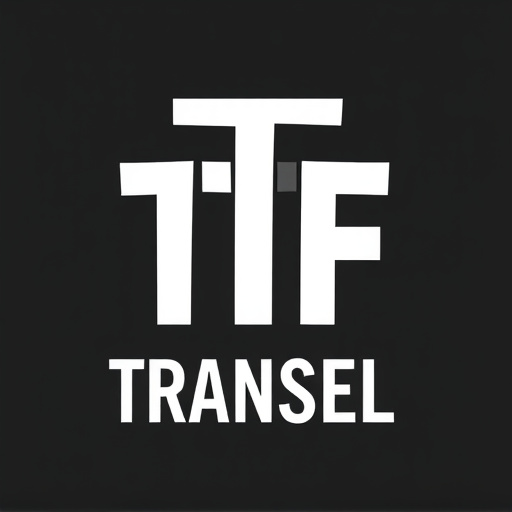
Custom DTF prints offer a unique opportunity for creators and collectors to own pieces that are one-of-a-kind. When opting for unique sizes, artists can truly make their vision come alive on canvas. This approach is particularly suitable for those seeking something distinct, be it a larger-than-life mural or a miniature art piece that captures intricate details.
By choosing custom DTF prints in non-standard dimensions, individuals can enhance their home decor with bold statements or create memorable gifts with personalized touches. These prints allow for versatility in display, whether it’s framing a large-scale artwork or crafting a delicate pendant. The freedom to specify dimensions ensures that the final product aligns perfectly with individual preferences and aesthetic goals.
The Impact of Dimensional Precision on Print Quality and Durability
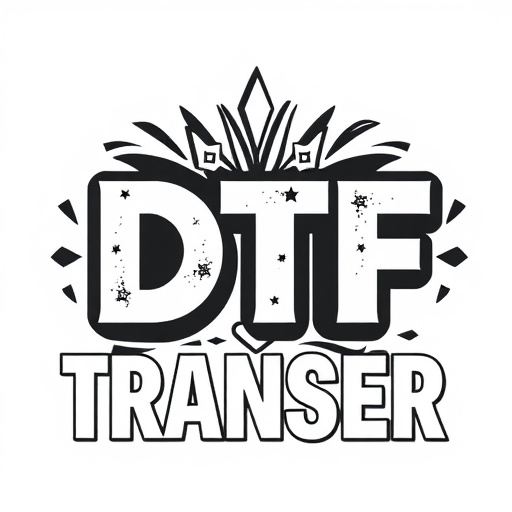
The precision and accuracy of dimensional measurements play a pivotal role in the quality and longevity of Direct-to-film (DTF) transfers and prints. When creating DTF transfers, achieving exact dimensions ensures that the final print accurately represents the original design or image. Even minor variations can lead to misalignment, distortion, or pixelation, resulting in a lower-quality print.
In DTF printing, precise dimensions are crucial for consistent color accuracy and sharp details. The dimensional precision directly influences how well the printed material adheres to its substrate. Accurate measurements prevent issues like excessive stretching, shrinking, or warping, which can degrade the print’s durability over time. High-precision techniques ensure that each element of the design is faithfully reproduced, enhancing the overall aesthetic experience for viewers and extending the lifespan of DTF prints.
Future Trends in DTF Printing: Innovations and Expected Changes
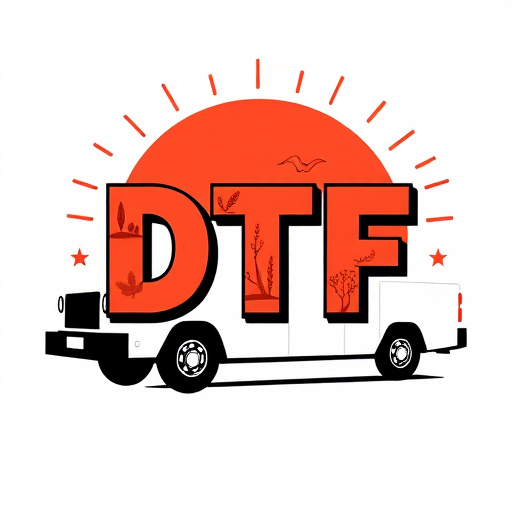
The future of Direct-to-Film (DTF) transfers looks promising as technology continues to evolve and push the boundaries of what’s possible. Innovations in DTF printing are expected to focus on enhancing dimensional accuracy, improving material diversity, and increasing speed and efficiency. With advancements in print heads and ink formulations, we can anticipate even finer detail and richer color reproduction in DTF prints. This will open up new possibilities for creating high-fidelity miniatures, intricate jewelry pieces, and complex 3D models that seamlessly blend into physical environments.
Additionally, the integration of AI and machine learning algorithms could revolutionize DTF printing by enabling automated design optimization, smart material selection, and predictive maintenance. These technologies aim to streamline the production process, reduce waste, and enhance consistency in DTF transfers. As the demand for personalized, on-demand manufacturing continues to grow, future trends suggest a more accessible and versatile DTF ecosystem, where creators can effortlessly bring their digital visions to life with unprecedented precision and quality.




